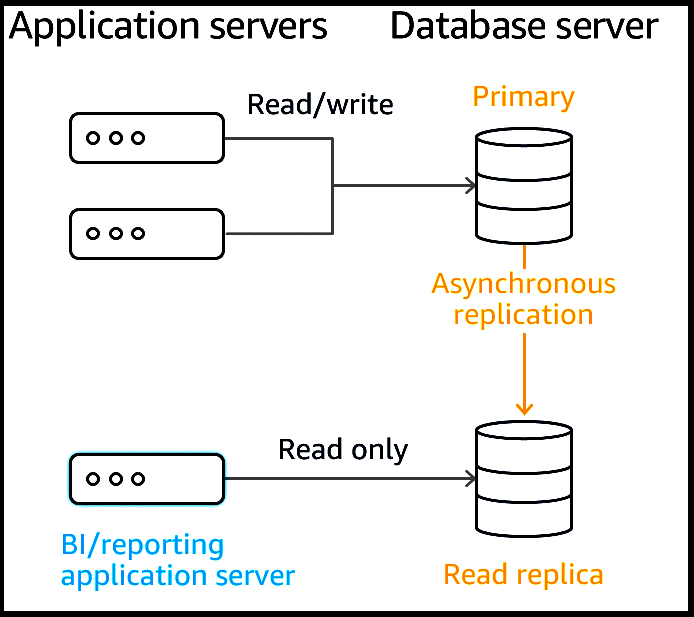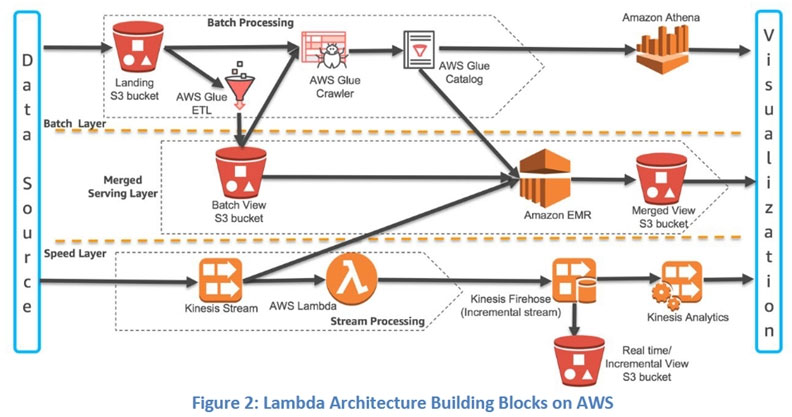C
Amazon RDS Read Replicas -
Amazon RDS Read Replicas provide enhanced performance and durability for RDS database (DB) instances. They make it easy to elastically scale out beyond the capacity constraints of a single DB instance for read-heavy database workloads. You can create one or more replicas of a given source DB Instance and serve high-volume application read traffic from multiple copies of your data, thereby increasing aggregate read throughput. Read replicas can also be promoted when needed to become standalone DB instances. Read replicas are available in Amazon RDS for MySQL, MariaDB, PostgreSQL, Oracle, and SQL Server as well as
Amazon Aurora.
For the MySQL, MariaDB, PostgreSQL, Oracle, and SQL Server database engines, Amazon RDS creates a second DB instance using a snapshot of the source
DB instance. It then uses the engines' native asynchronous replication to update the read replica whenever there is a change to the source DB instance. The read replica operates as a DB instance that allows only read-only connections; applications can connect to a read replica just as they would to any DB instance.
Amazon RDS replicates all databases in the source DB instance.
Amazon Aurora further extends the benefits of read replicas by employing an SSD-backed virtualized storage layer purpose-built for database workloads. Amazon
Aurora replicas share the same underlying storage as the source instance, lowering costs and avoiding the need to copy data to the replica nodes. For more information about replication with Amazon Aurora, see the online documentation.

Reference:
https://docs.aws.amazon.com/AmazonRDS/latest/UserGuide/USER_ReadRepl.html https://aws.amazon.com/rds/features/read-replicas/

